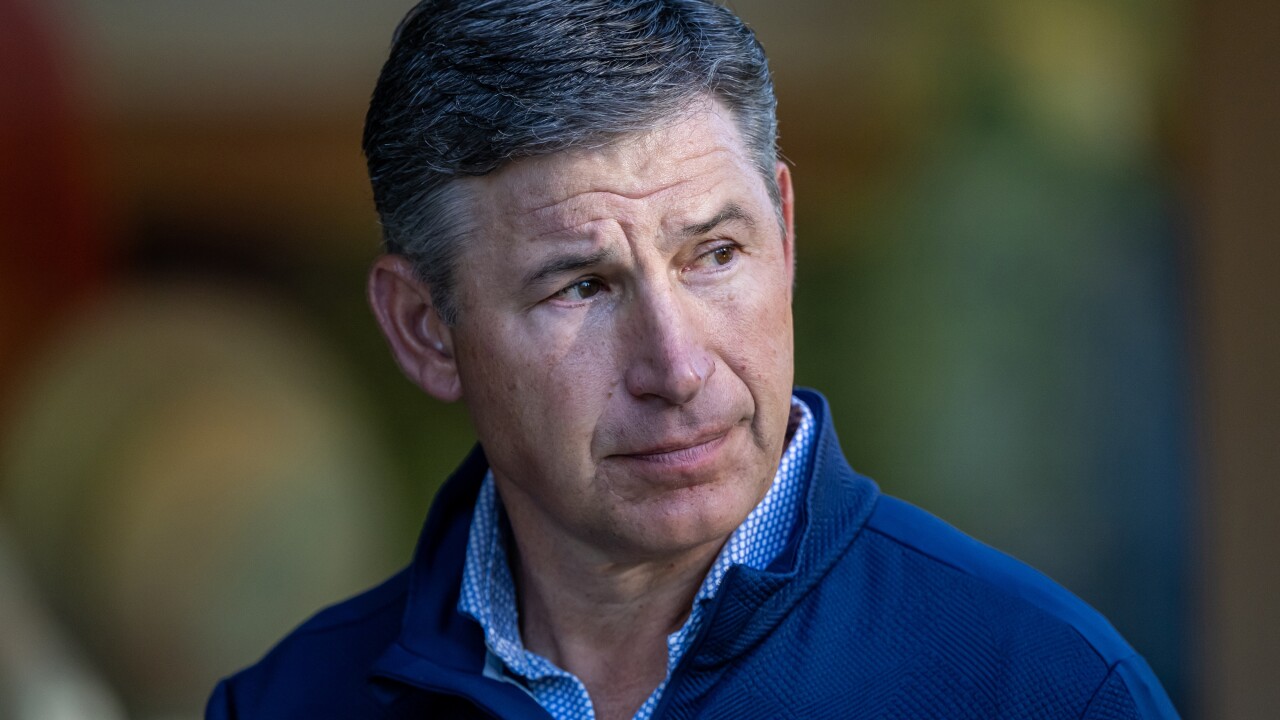Think broadly, act locally.
According to Aaron Leek, SVP of member service/operations for San Antonio-based Security Service Federal Credit Union, that is how a credit union based in a southern state is able to successfully manage a branch network in the mountain states of Colorado and Utah.
The $9.3 billion SSFCU serves its more than 737,000 members via 72 branches. Leek said it expanded into Colorado through acquisitions several decades ago, and then ventured into Utah approximately six years ago.
"Two institutions were conserved by NCUA, Beehive FCU and Family First CU, in late 2010 and early 2011," he recalled. "After we acquired them, we introduced them to the unique culture of Security Service Federal Credit Union."
Of course, having branches in other states requires special efforts to ensure consistency, including standard high levels of service, a uniform member experience and a guiding philosophy across the organization. Leek said he has a leader in each of the three states that he leans on heavily.
"They report to me, and we meet every week to discuss the credit union's plan and make sure we deliver training at the same rate of speed and same methodology in all markets."
The regional leaders have AVPs and assistant managers who oversee between six and eight branches apiece, Leek explained. All of the managers/AVPs examine data on a daily and quarterly basis to make sure all branches are performing.
Data alone is not enough, he noted. "It all comes down to communication. You cannot over communicate, especially when you are handling multiple states and multiple markets within those states."
Teleconferences, Virtual Classrooms
To ensure all of this branch oversight is succeeding, Security Service FCU measures member satisfaction. Leek said the management team gathers feedback from various channels, including the credit union's annual member satisfaction survey.
Another major measurement channel involves contacting every member who visits a location. That data is provided to every branch manager, and all the way up to Leek.
"We are using technology to help us manage our branch networks," he said. "We do teleconferencing to address issues right away, and we offer virtual classrooms with a centralized trainer who broadcasts video and audio over the web so all our trainees in different markets can receive training. This makes us very efficient and streamlined. We address any inconsistencies. I am routinely on the ground, visiting each of our branches, as are our regional leaders. We have a plan, execute the plan and we inspect what we expect."
Last year, Security Service FCU's member satisfaction was at the highest rate in the history of the credit union, Leek reported. "Our design is working, though obviously there are challenges."
Lessons Learned From Far Away Branches
Asked what lessons have been learned from having branches far from the San Antonio headquarters, Leek said it is important to understand SSFCU is a large institution, and with that comes unique challenges and opportunities, "but we also act locally."
"Our branches are staffed by locals, and on the walls they have artwork that showcases local artists," he said. "We have a brand promise and we deliver that in a way to work with the local market."
The lessons learned in Colorado "really helped" when the credit union moved into Utah, Leek noted. More recently, when SSFCU made acquisitions in Northern Colorado, the lessons learned in Utah helped with those adjustments. "We know to stick with the core beliefs of the institution, with a little bit of freedom to adapt to the local markets."
Lee acknowledged that there are challenges with nearly any satellite locations. He was stationed in Utah for two years, and sometimes those branches had to work to keep connectedness to the home office. He said he made sure to get input from the regional managers to let them feel part of the decision process.
There are some benefits to having branches far away from the CU's headquarters, Leek said.
"For us, it is all about diversity. When you have multiple states, multiple markets, you don't have all your eggs in one basket. If there were to be delinquencies in one market, we can reallocate resources. We have options, unlike institutions that are only in one market.
"My job is to evaluate to make sure we have the right people in the right place at the right time," he said. "We need good leaders to have consistency. Technology helps – instead of always getting on an airplane, we can hold a video conference. I believe in sharing the 'why' behind a decision – not just the 'what' – so people understand."




